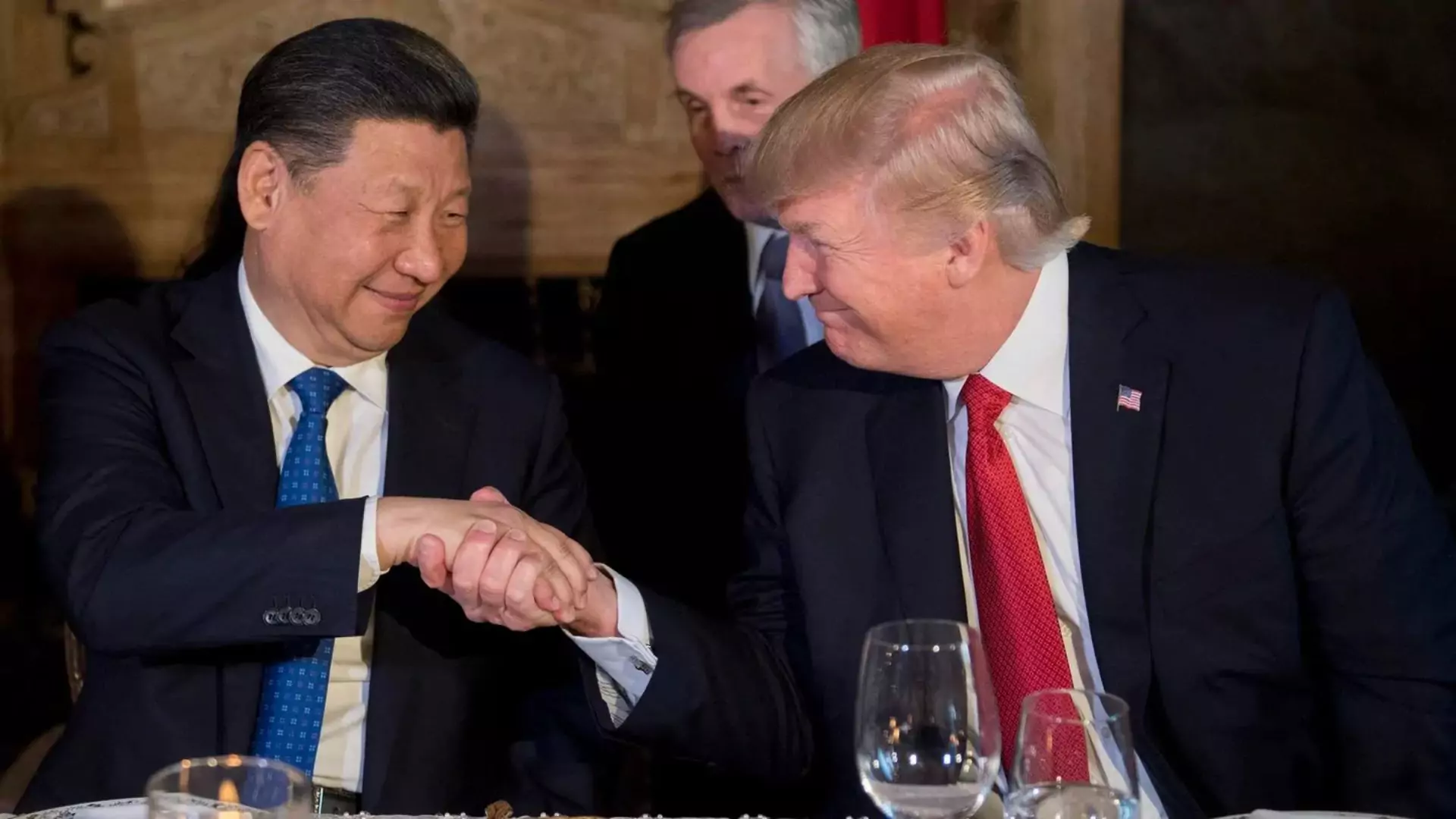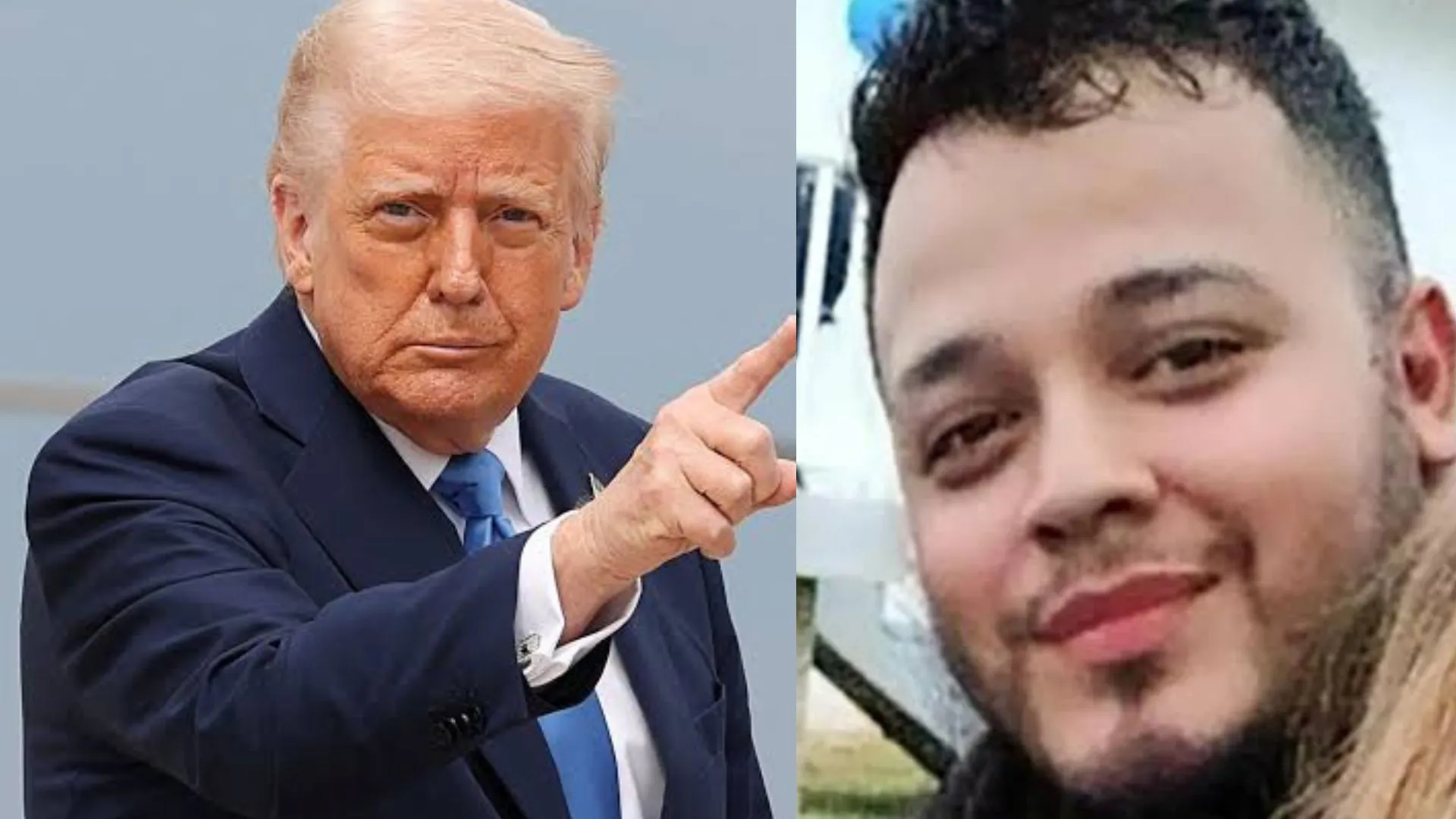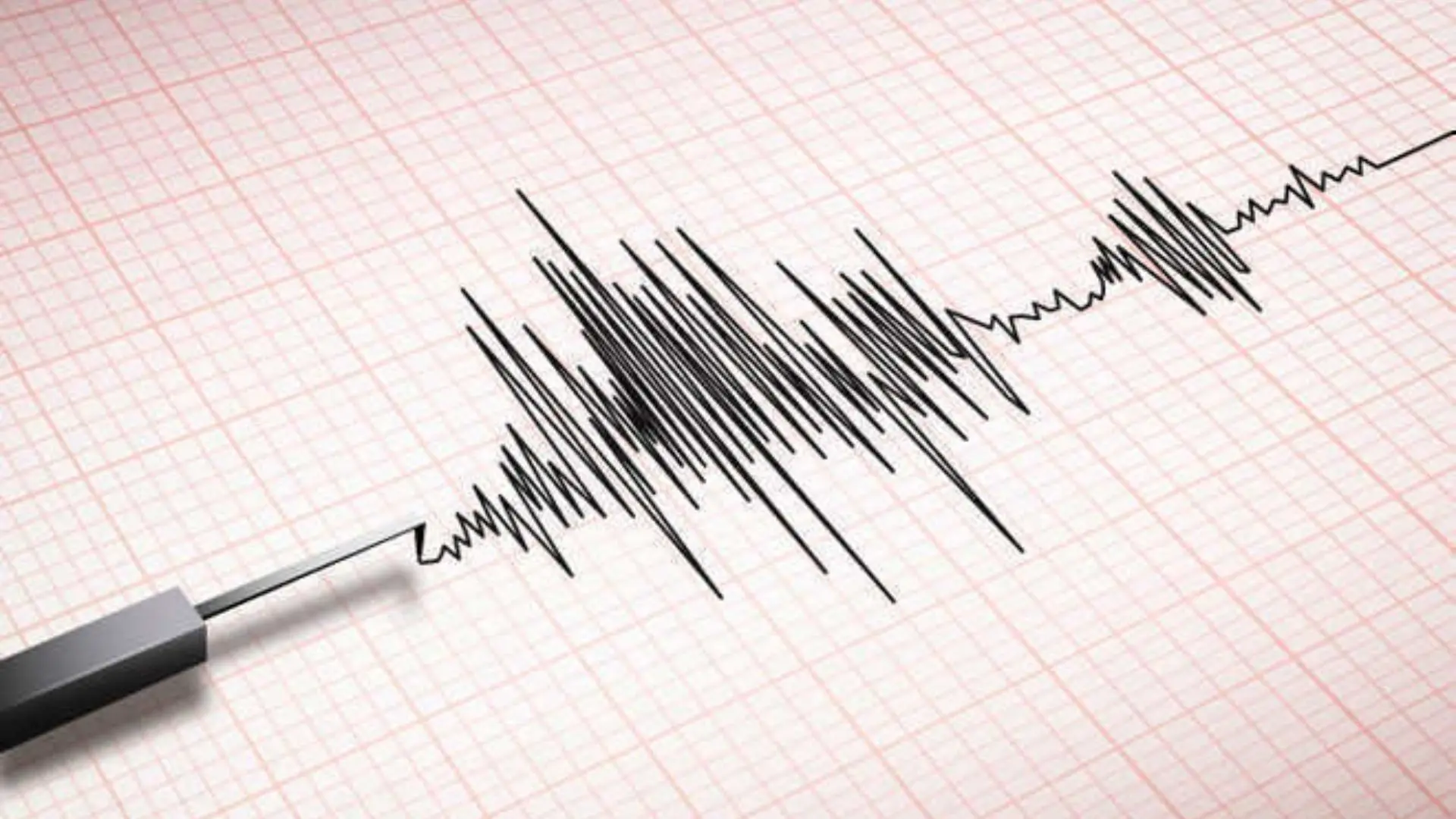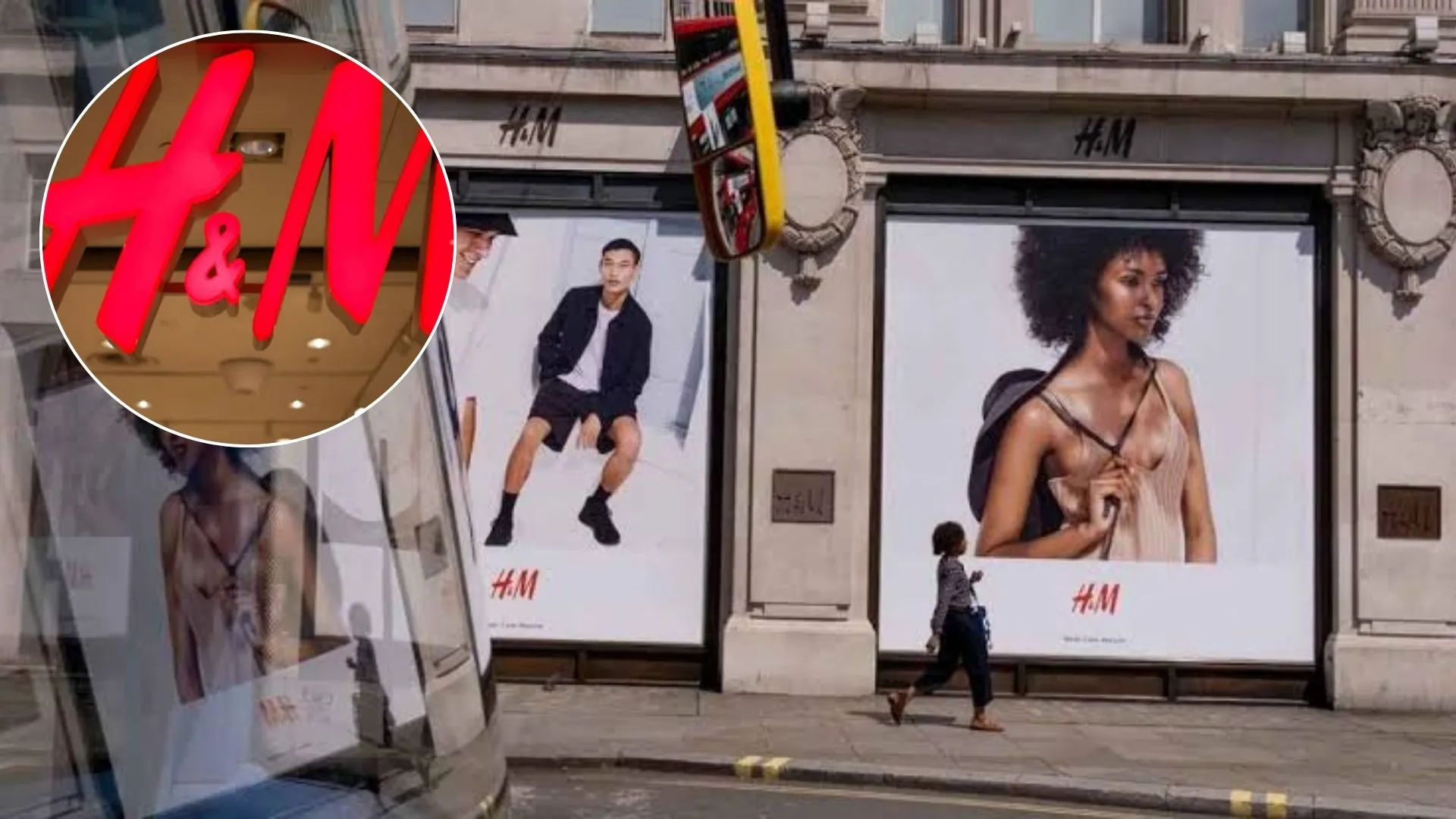A hiss and puff of compressed air shapes the smooth leather, bringing to life an all-American cowboy boot in a factory on China’s eastern coast. As the assembly line hums with the sounds of cutting, stitching, and polishing, sales manager Mr. Peng watches over the dwindling workforce. The factory, once producing a million boots annually, has seen orders shrink, staff numbers dwindle, and uncertainty loom ever since Donald Trump launched his trade war with China.
With Trump back in the White House, a new wave of tariffs is poised to shake the world’s two largest economies. A 10% blanket levy on Chinese goods is expected to take effect on February 1, adding to the pressures of an already strained relationship. While Trump has momentarily pressed pause on an all-out trade war, many believe the battle is inevitable. Businesses like Mr. Peng’s are left wondering: Where do we go from here?
The Exodus from China
For decades, China’s dominance in manufacturing relied on cheap labor, vast supply chains, and economies of scale. But the trade war under Trump, compounded by pandemic disruptions and growing Western skepticism of China’s economic policies, has triggered an exodus of manufacturers. Major brands such as Nike, Adidas, and Puma have already shifted production to Vietnam, and smaller businesses are following suit.
Mr. Peng’s factory owner has considered moving production to Southeast Asia to evade tariffs, but the decision isn’t easy. Most workers, including Mr. Peng, have been at the factory for over 20 years. “Our boss doesn’t want to abandon us,” he says, acknowledging the difficult choices ahead.
Meanwhile, Chinese entrepreneurs are already setting up shop elsewhere. In Cambodia, businessman Huang Zhaodong operates a garment factory producing clothing for Walmart and Costco. His competitive advantage? He can now tell US buyers that his factories aren’t in China.
“If you don’t move production overseas, they’ll cancel your orders,” Huang explains. And yet, China’s economic influence remains. Over 60% of the raw materials used in his Phnom Penh factories still come from China, meaning that even as factories shift locations, China remains a critical player in global supply chains.
Who Pays the Price?
The US tariffs raise a crucial question: Who absorbs the additional cost? Retailers like Walmart have options—pass the expense onto customers, squeeze suppliers for better deals, or absorb the hit themselves. But for suppliers, the math is brutal. A 10% tariff could wipe out their profit margins.
“If my production line was still in China, I’d be losing $800,000 due to tariffs,” Huang estimates. “That’s more than my total profit.”
China is adapting, diversifying exports toward Belt and Road Initiative countries and investing in high-end manufacturing. Even as garment factories move to Cambodia, Chinese exports of solar panels, electric vehicles, and artificial intelligence technologies continue to rise. Beijing’s record trade surplus of $992 billion in 2024 suggests that while production might relocate, China’s economic grip remains firm.
Beyond economics, trade has become a tool of political bargaining. Trump has hinted that he could use tariffs to pressure Beijing on issues like fentanyl production, TikTok’s ownership, or even negotiating peace in Ukraine.
China, meanwhile, presents itself as a stable trading partner to nations wary of US protectionism. A survey by Singapore’s ISEAS-Yusof Ishak Institute shows that China is now the preferred trading partner for many Southeast Asian nations, surpassing the US. However, with Trump’s unpredictability, businesses worldwide remain on edge.
Back in China, Mr. Peng and his colleagues hope for a resolution. “Americans still need to buy these products,” he says, hoping for an “amicable and calm” trade negotiation. But as companies relocate and supply chains realign, a fundamental shift is underway.
Whether Trump’s tariffs successfully bring manufacturing back to the US or merely shift it elsewhere remains to be seen. For now, as factory owners weigh their options, one thing is clear—global trade will never be the same.
ALSO READ: New York Doctor Charged For Prescribing Abortion Pill To Louisiana Teen























